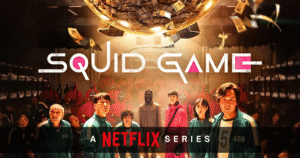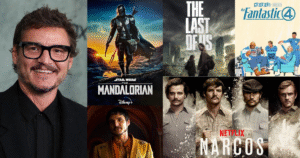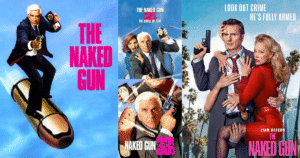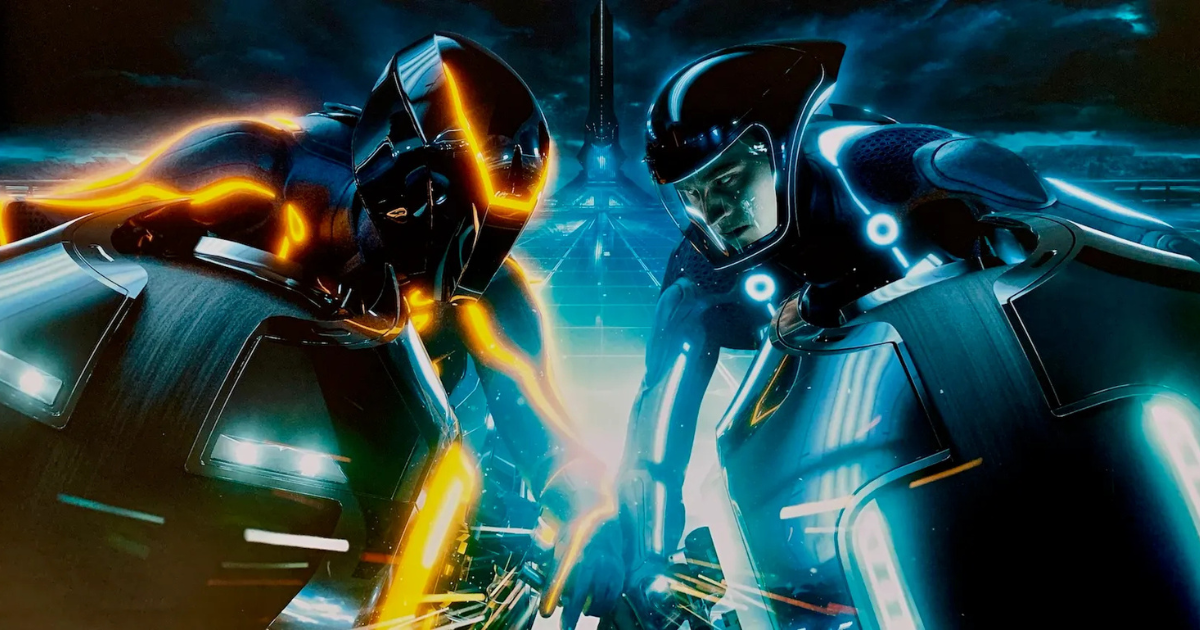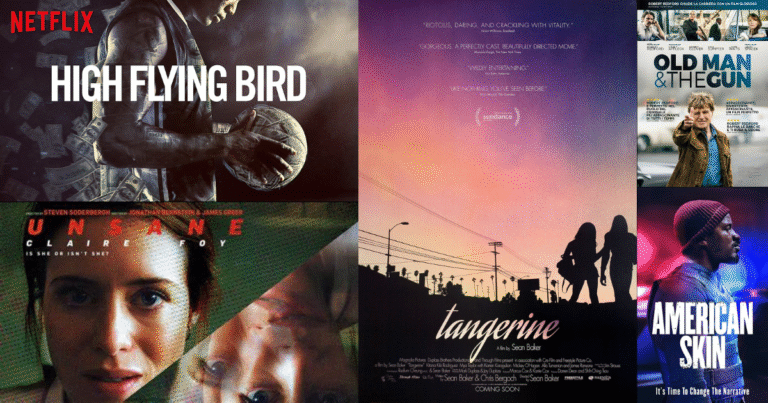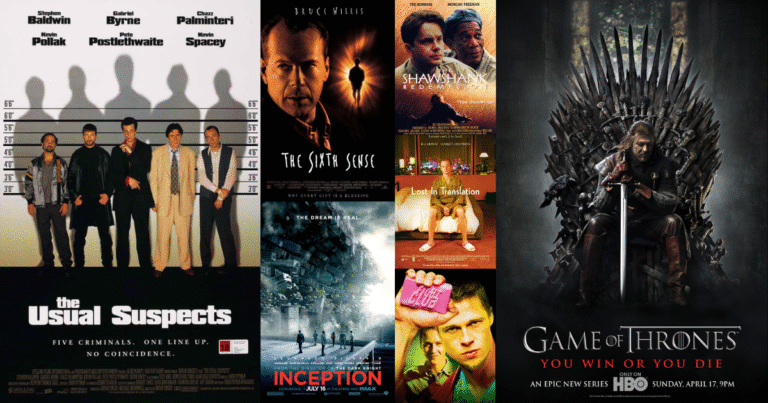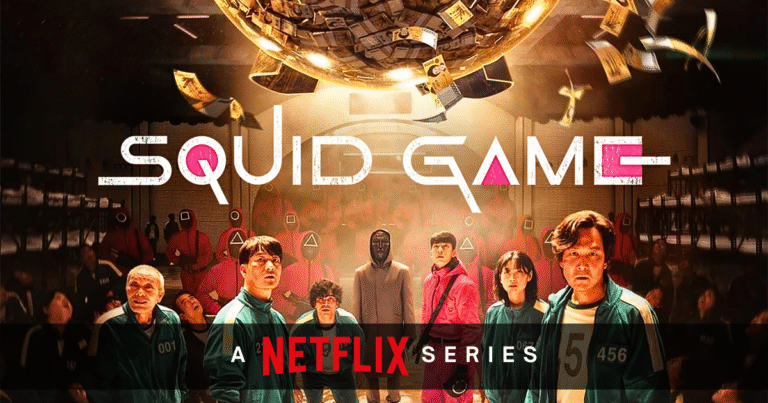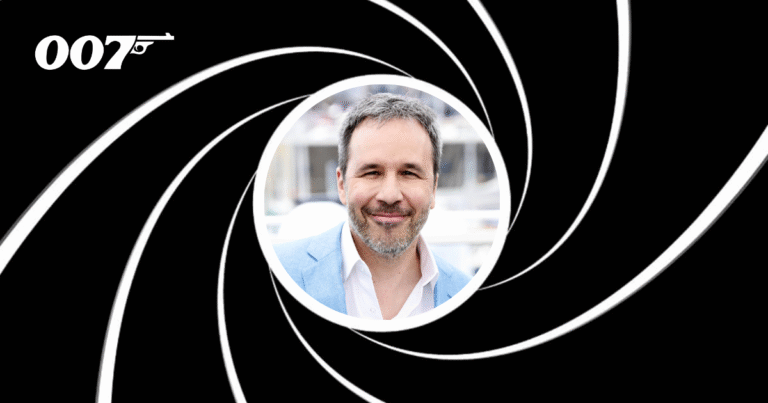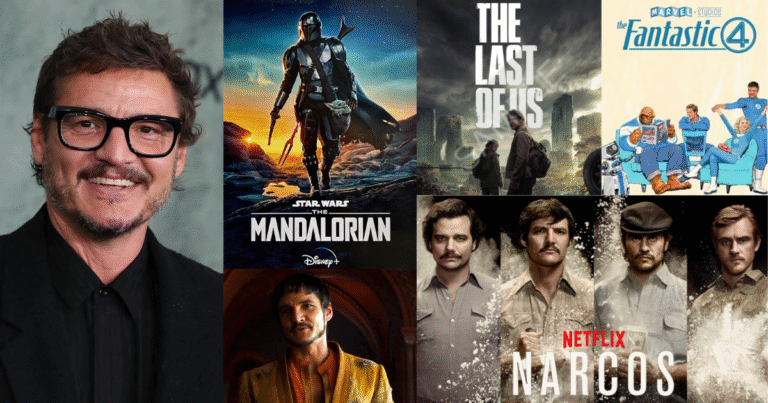In today’s world of fast scrolling and short attention spans, movie trailers play a bigger role than ever. In just two or three minutes, a trailer can build excitement, create curiosity, or even decide if someone will watch the film or skip it. But have you ever stopped to think about how much power a movie trailer really holds?
Let’s explore how movie trailers are made, why they matter, and the big impact they have on both movies and viewers.
What Is a Movie Trailer?
A movie trailer is a short video that gives a sneak peek into a film. It shows important scenes, introduces the main characters, and sets the tone of the story. Trailers are usually released weeks or months before the actual movie hits the theatres or streaming platforms.
The goal is simple: to grab attention and make people want to watch the full movie.
The Power of First Impressions
For many people, the trailer is the first thing they see before deciding whether to watch a movie. In that short time, a trailer must leave a strong impression. If it feels boring, confusing, or gives away too much, viewers may lose interest. But if it’s exciting, emotional, or intriguing, it creates buzz.
Good trailers spark conversations online. They get shared on social media. Fans break them down, make reaction videos, and build expectations. All of this happens before the movie is even released.
That’s the power of a well-made trailer — it sets the mood and creates hype.
How Trailers Are Made
A trailer is not just random scenes thrown together. There’s a full creative process behind it.
- Selection of Scenes: Editors pick the most powerful, emotional, or action-packed moments from the film. These should give a taste of what’s to come without revealing too much.
- Music and Sound: The right background music is key. A slow piano tune can build emotion. A loud beat can add thrill. Sound effects like explosions or dramatic pauses also play a big role.
- Voiceover or Text: Some trailers include voice narration or text on screen to explain the plot or highlight the theme.
- Timing and Flow: The trailer should feel like a short story. It usually follows a three-act structure — setup, build-up, and climax — to keep viewers hooked.
- Call to Action: Trailers usually end with the release date and sometimes a line like “Only in theatres” or “Streaming soon on Netflix.” This is the final push to get people excited.
Why Trailers Matter to the Movie Business
Movie trailers are not just for fun — they’re a major part of a film’s marketing strategy.
- Creating Awareness: A trailer puts the movie on people’s radar. Without it, many films would go unnoticed.
- Driving Ticket Sales: A strong trailer can fill seats in theatres or increase views on streaming platforms. Studios invest heavily in trailers because they know how much it influences decision-making.
- Building the Brand: For big franchises like Marvel or Star Wars, trailers are part of a larger brand strategy. Even teaser trailers (those super short ones) can cause excitement and boost fan interest.
When Trailers Mislead the Audience
Not all trailers are honest. Sometimes they show scenes that don’t appear in the final film. Or they make a serious movie look like a comedy just to attract a wider audience.
This can backfire. When the movie feels different from the trailer, viewers feel disappointed. Word of mouth turns negative, and reviews suffer.
This is why many people now say, “Don’t judge a movie by its trailer.” But let’s be honest — most of us still do.
The Emotional Connection
One reason trailers are so powerful is because they connect with our emotions. A well-made trailer can give you goosebumps. It can make you laugh, cry, or sit at the edge of your seat. Even if you don’t remember the full movie later, you’ll often remember how the trailer made you feel.
This emotional impact is what makes trailers shareable. People send them to friends and say things like, “You have to see this!” That’s free publicity.
Social Media and the Rise of Teasers
In the past, trailers were shown mostly in theatres or on TV. Today, they drop first on YouTube or Instagram. They trend on Twitter. They get millions of views in just a few hours.
Many studios now release teaser trailers first — even shorter clips, sometimes just 30 seconds — to build early interest. Later, they release the full trailer.
This layered approach works well in a world where attention spans are short. It keeps the film in public conversation for longer periods.
Trailer Editors: The Hidden Artists
The people who make trailers are usually not the ones who make the film. Trailer editors work in post-production companies. They’re given raw footage and asked to make something magic out of it.
It’s a tough job. They must understand the film’s theme, respect the director’s vision, and make a trailer that sells — all within a tight time limit.
In fact, some trailer editors are so good that they win awards just for their trailers!
When a Trailer Goes Viral
Every now and then, a trailer becomes a sensation on its own. Think of Avengers: Endgame, Joker, or Inception. Their trailers were watched, rewatched, and talked about all over the world.
In these cases, the trailer becomes part of pop culture. It’s quoted, meme’d, and sometimes even more famous than the movie itself.
Final Thoughts
Movie trailers are more than just previews — they’re powerful tools that shape how we see a film before we even watch it. A great trailer can build hype, drive ticket sales, and turn a film into a global hit. But a weak or misleading one can do the opposite.
As viewers, we love trailers because they give us a taste of what’s to come. As filmmakers and marketers, trailers are a way to connect with the audience in a fast and emotional way.
So the next time you watch a movie trailer, think about the impact it’s trying to make. It may be short, but its influence lasts long.
